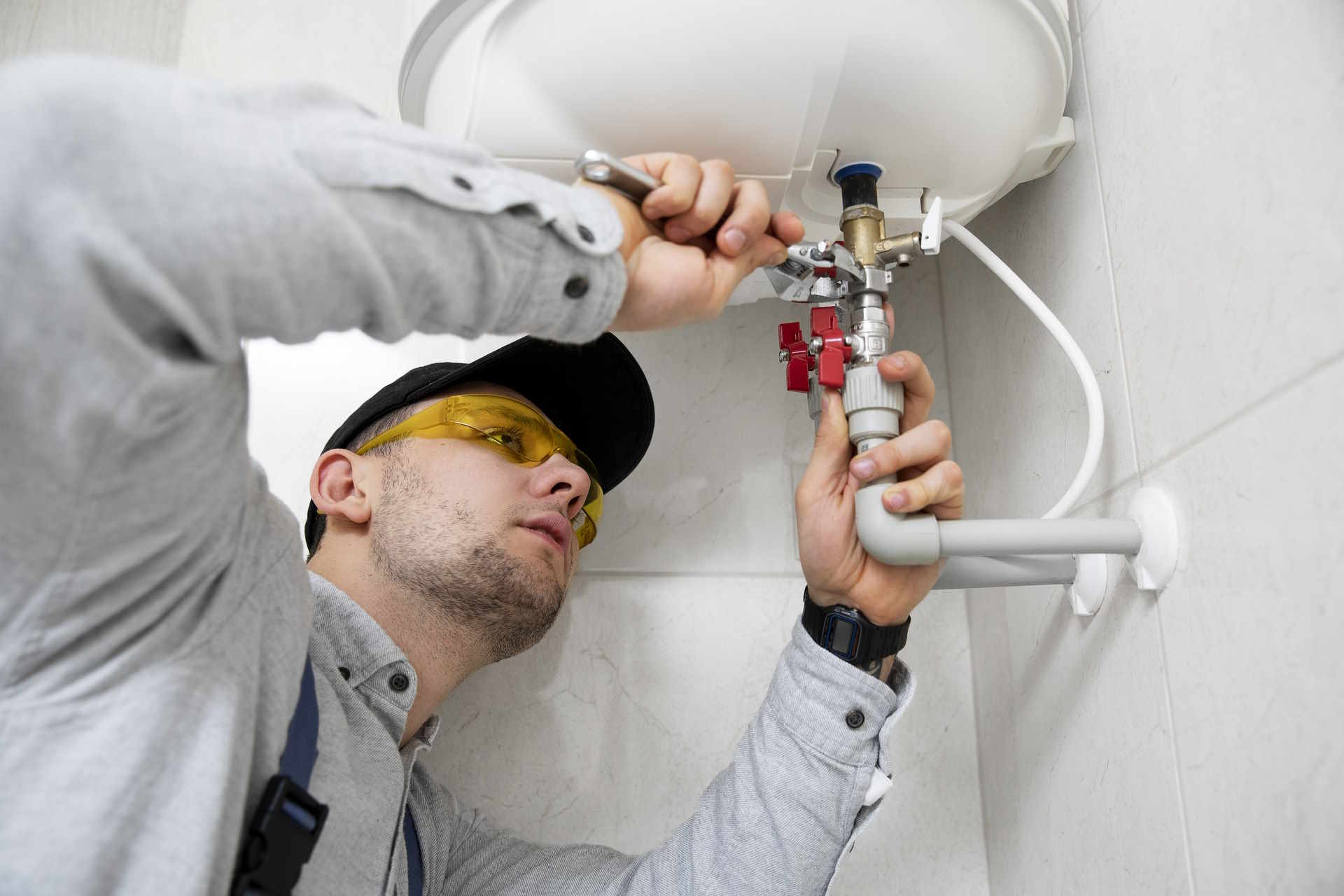Understanding Indoor Air Quality Monitoring for Healthier Living Spaces
Indoor air quality (IAQ) plays a vital role in maintaining a healthy and comfortable living environment. With most people spending the majority of their time indoors, monitoring air quality has become increasingly important to detect and reduce pollutants such as dust, mold, volatile organic compounds (VOCs), and carbon dioxide. By understanding and tracking IAQ, homeowners and building managers can take proactive steps to improve ventilation, reduce contaminants, and create healthier spaces that support overall well-being.

The air inside homes, offices, and other buildings often contains invisible pollutants that affect health without immediate notice. From volatile organic compounds released by furniture to particulate matter from cooking, indoor environments harbor various contaminants. Recognizing these risks and taking proactive steps to monitor air quality can transform living spaces into safer, more comfortable places. Understanding how monitoring works and what it reveals empowers individuals to make informed decisions about their indoor environments.
Understanding Indoor Air Quality
Indoor air quality refers to the condition of air within buildings and structures, particularly as it relates to the health and comfort of occupants. Unlike outdoor air, which benefits from natural circulation and dilution, indoor air can become concentrated with pollutants due to limited ventilation. Common sources include building materials, cleaning products, cooking activities, and even outdoor pollutants that seep indoors. Temperature, humidity, and ventilation systems also play critical roles in determining air quality. Poor indoor air quality has been linked to headaches, fatigue, respiratory problems, and exacerbation of asthma and allergies. Long-term exposure to certain indoor pollutants may contribute to serious health conditions. Monitoring provides a clear picture of what exists in the air, allowing for targeted interventions that improve health outcomes.
The Importance of Monitoring IAQ
Regular monitoring of indoor air quality offers numerous benefits beyond simply knowing pollutant levels. It helps identify problems before they escalate into health concerns, provides data to guide ventilation improvements, and ensures that mitigation efforts actually work. Monitoring devices measure various parameters including particulate matter, carbon dioxide, volatile organic compounds, humidity, and temperature. These measurements reveal patterns that might otherwise go unnoticed, such as spikes in pollutants during specific activities or times of day. For families with young children, elderly members, or individuals with respiratory conditions, monitoring becomes even more critical. It provides peace of mind and actionable information. Workplaces also benefit from monitoring, as improved air quality has been shown to enhance productivity, reduce sick days, and create more comfortable environments. Continuous or periodic monitoring establishes baselines and tracks changes over time, making it easier to evaluate the effectiveness of air quality improvements.
Identifying Common Pollutants
Several types of pollutants commonly affect indoor air quality, each with distinct sources and health implications. Particulate matter includes dust, pollen, mold spores, and combustion particles that can penetrate deep into lungs. Volatile organic compounds are gases emitted from paints, varnishes, cleaning supplies, and building materials, some of which have been classified as carcinogenic. Carbon dioxide levels rise in poorly ventilated spaces and can cause drowsiness and cognitive impairment. Carbon monoxide, a colorless and odorless gas from combustion sources, poses serious poisoning risks. Radon, a naturally occurring radioactive gas, can seep into buildings from soil and has been linked to lung cancer. Biological contaminants such as mold, bacteria, and viruses thrive in damp conditions and trigger allergic reactions and infections. Formaldehyde, often found in pressed wood products and fabrics, irritates eyes, nose, and throat. Understanding which pollutants are present helps prioritize solutions and select appropriate monitoring equipment.
Simple Solutions for Better IAQ
Improving indoor air quality does not always require expensive renovations or complex systems. Simple, practical steps can make significant differences. Increasing ventilation by opening windows and using exhaust fans helps dilute indoor pollutants with fresh outdoor air. Regular cleaning reduces dust, pet dander, and other particulates that accumulate on surfaces. Choosing low-emission products, such as paints and cleaners labeled as low-VOC or VOC-free, minimizes chemical exposure. Controlling humidity levels between 30 and 50 percent prevents mold growth while maintaining comfort. Using air purifiers with HEPA filters captures particulate matter and allergens. Maintaining heating and cooling systems, including changing filters regularly, ensures they operate efficiently. Eliminating smoking indoors removes a major source of harmful pollutants. Addressing water leaks promptly prevents mold development. Incorporating indoor plants can help absorb certain pollutants, though their impact is modest compared to mechanical solutions. Testing for radon and installing mitigation systems if necessary protects against this invisible threat. Each of these measures contributes to a comprehensive approach to healthier indoor air.
Taking Action for Healthier Living
Transforming knowledge about indoor air quality into action requires both awareness and commitment. Start by assessing current conditions through monitoring, either with dedicated devices or professional testing services. Identify the most significant sources of pollutants in your specific environment and prioritize addressing them. Establish routines for ventilation, cleaning, and maintenance that become part of daily life. Educate household members or coworkers about the importance of air quality and involve them in improvement efforts. Consider seasonal variations, as heating and cooling seasons often bring different air quality challenges. Stay informed about new research and technologies that can further enhance indoor environments. For those with specific health concerns, consult healthcare professionals about personalized strategies. Document changes and monitor results to see what works best. Creating healthier living spaces is an ongoing process that evolves with changing needs and circumstances. The investment in better air quality pays dividends in improved health, comfort, and quality of life for everyone who spends time indoors.
This article is for informational purposes only and should not be considered medical advice. Please consult a qualified healthcare professional for personalized guidance and treatment.




